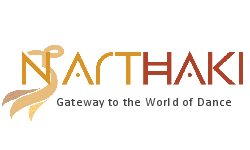
|   |

|   |
|
ANITA SAYS..... June 1, 2025 You can't force a plant to bloom. It has a cycle You have to tend it and care for it and wait for the bloom to happen. If you don't take care of it, it dies. The more experience you have like this, The more you begin to understand your own cycle. - Japanese artist RUTH ASAWA  Welcome to the June monthly newsletter! This month my writings will be brief. I have been travelling for most of May and have not seen many performances. Personal time has been uppermost on my calendar. May has always been a quiet month. The weather is blazing hot in most cities and academics take an annual break. I remember being in the mountains in Kodaikanal for summer vacations with my cousins and far away from dance classes, studies and examinations. It was a time to enjoy family, friendships and reset energies for the rest of the year. For India based dancers, May is when many head to the west seeking opportunities in teaching, sharing and performances. Having just returned from the USA, I have seen Northern California already buzzing with musicians and dancers who have made their annual "Pilgrimage" to the Bay Area Bank of Mylapore! KA Ching! KA Ching! The sound of dollars is flowing in and the eager students are willing to part with significant sums of money to "enrich" themselves - for one weekend - through short intensives in technique through item learning. While some dancers like Rama Vaidyanathan and Priyadarsini Govind have already perfected this economic model, there are others like Vaibhav Arekar who are exploring this pathway to further hone their own choreographic practices. I met with San Francisco Bharatanatyam dancer Preethi Ramaprasad with whom I spent a gorgeous afternoon at SF MOMA (Museum of Modern Art), and on a walk through various stunning exhibitions, she shared news of the upcoming ensemble presentation directed and choreographed by Vaibhav in September. Leela Samson is in the USA transferring some of her earlier choreographies of the SPANDA dance company to Bay Area dancers with a performance in August. All across the USA, there is much activity in the classical dance world. Those pushing ahead are the dancers who have persisted and found their own opportunities in smaller festivals and events, willing to reshape and reconfigure their art to the local geographies and demands. Many are self presenting, knowing that they need the experience of being on stage once in 6 months at least. I came away from these various interactions with dancers in their 30's feeling that on the whole, US based practitioners feel unsupported by the diaspora community. The most successful immigrant group in the USA seem unwilling to commit resources, attention and interest to create a framework which can encourage and help them mature as artistes. Organisers cannot always look at programming the big names from India for the sole purpose of ticket sales. What then is the role of festival directors and dance curators who have immigrated to the USA 20, 30, 40 years ago? Just as they have built a successful new life from scratch, it seems only fair that they focus their economic and social success in furthering the large pool of dance talent from within their borders. 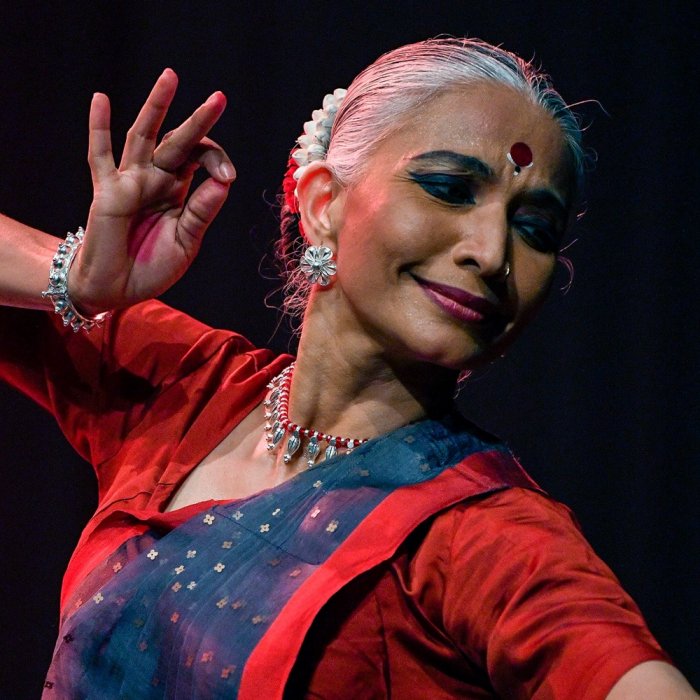 Bijayini Satpathy Why is it that after all these years only RAGAMALA DANCE COMPANY in Minneapolis and NRITYAGRAM from India are the only dance companies that get the plum slots in mainstream theatres and festivals? Now Bijayini Satpathy is enjoying the same attention, riding on the crest of NRITYAGRAM's contacts alongside her own talent and dedicated rigour. From high school basements, the community has graduated to some larger halls like Cubberley Theatre in Palo Alto, but it is still the very same echo chamber of community, parents, relatives, friends and some others. The net has not been cast to create a mainstream audience even at the local level. There is no umbrella organisation that has a roster of local talent of good quality to present to museums and heritage spaces for the upcoming summer outdoor festivals. It is always left to the individual artiste to function as creator, marketing expert and performer. As someone who has had the privilege of being within the dance system and still being able to step back and look at the unstable and unsustainable world of Indian dance, it is not a pleasant or positive emotion that hits me. It seems that the time is NOW that practitioners in the "LAND OF THE FREE AND THE HOME OF THE BRAVE" and their northern neighbour, seize their destinies with both hands. I landed on the West Coast 4 days before the short but fiercely contested India-Pakistan war. Riding Uber taxis with mostly Turkish and Pakistani drivers, I had to pointedly avoid all conversations on politics, which they were most eager to share. In living rooms, through coffee meets and conversations, politics dominated most diaspora gatherings with everyone becoming an expert on international diplomacy and strategy! I sipped my drink and looked out of windows to avoid any confrontation. The US cultural and academic landscape is presently experiencing tremors with funding being drastically cut for major and minor institutions and individuals. Some artistes are being turned back from immigration even after landing on US shores. The P3 visa, an automatic process for decades, is now poised to become more and more difficult in the years ahead. 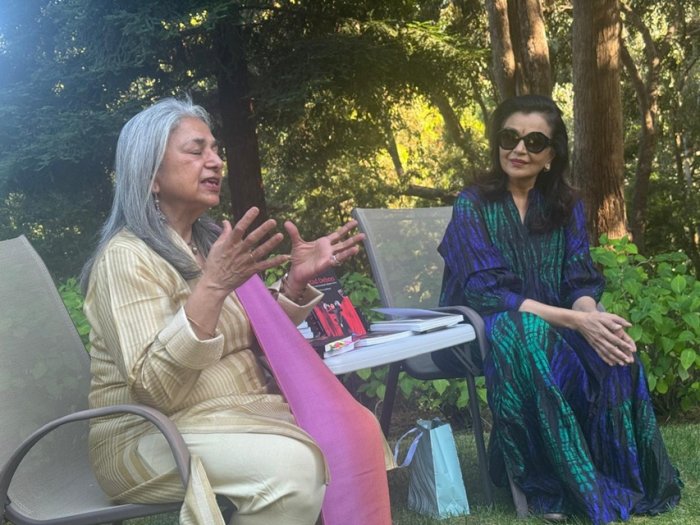 With Ketu Katrak On a beautiful weekend afternoon, biographer KETU KATRAK unveiled her new book on contemporary dance icon Astad Deboo. I was heartened to see many dancers in the gathering and even more pleased when they all bought a signed copy of the book. I have been part of the long journey with Dr Katrak from the time of Astad's passing in December of 2020. This book, published by Seagull Press in Kolkata, has had anything but a smooth journey. Between several hiccups, it was gratifying to see the final result and the response from so many in the crowd who had either seen Astad, heard of his genius and were curious to know more. There were some who had never heard of him (hedge fund and venture capitalists!) but came nevertheless, to learn about this dance maverick. 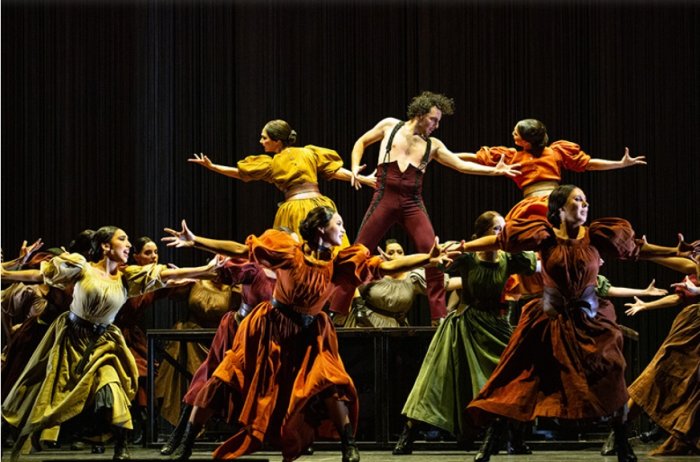 Ainadamar While in Los Angeles, I was able to watch the brilliantly directed and choreographed opera on the life of Spanish writer Federico Garcia Lorca. AINADAMAR - the fountain of tears was a spectacular production replete with visual projection, stunning sets and flamenco flourishes that had me leaning forward for most of the 90-minute performance. The true story of a brilliant writer, trapped in his own sexual identity at a time when Heteronormativity was the only way to live, was poignantly revealed through voice, soprano and dance. Brazilian choreographer Deborah Colker manipulated the tear drop curtain, ensemble movement and the imaginative moving of four long tables to create the many images of entrapment, gliding towards hope, a cage, a cell, a bridge - the image possibilities seemed endless. Through the medium of opera, the grandeur of Lorca's words and his passion for life poured through. 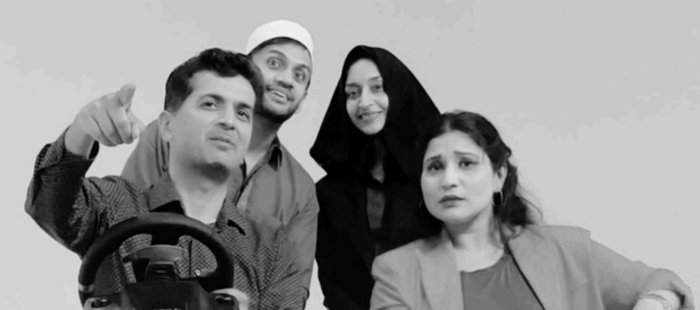 A Muslim in the Midst In San Jose, I watched an amateur theatre production called A MUSLIM IN THE MIDST. Written by Anand Rao and situated just 3 days after the Twin Towers 9/11 attacks in New York City, the very verbose play takes place in a car where an affluent Bengaluru couple chooses to give a ride to a Muslim couple of modest means. The conversations and discoveries about closely held prejudices and beliefs come under fire and are constantly challenged - both for the actors and for us in the audience. The conversation after the play lasted for 90 minutes with so many audience members sharing their experiences and anecdotes. Produced by Vinita Belani for ENACTE Productions, this thought provoking play was an incubation crucible for emerging South Asian actors in the Bay Area. One of the main reasons for my travel to the USA was to attend the special 3 day tribute to the brilliant and visionary dance patron Rajika Puri in New York. Over 3 emotional and heartfelt evenings, Rajika was toasted, praised, applauded and celebrated with the final edition of DANCING THE GODS, a festival she has ideated, curated, funded and produced for 14 years. 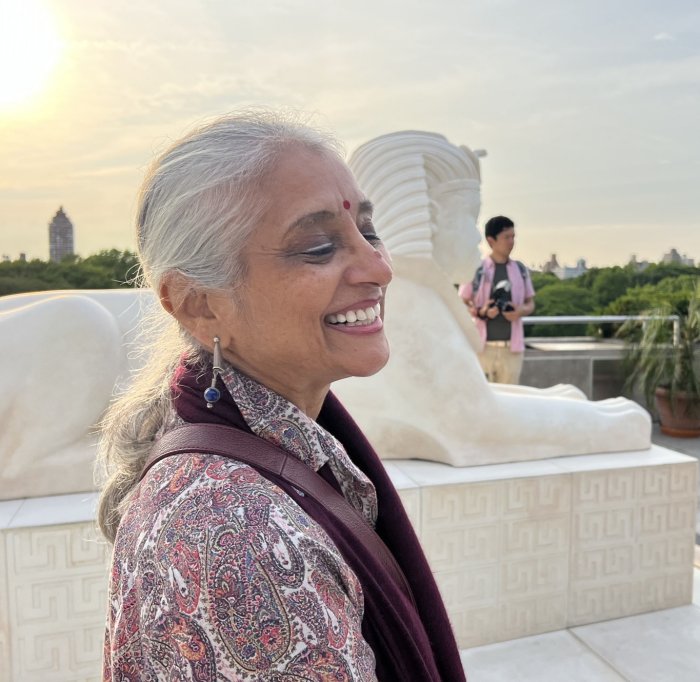 Rajika Puri For the dance and cultural world of New York City, Rajika and her wonderful life partner Anupam (Tino) Puri were the superstar patrons. So many institutions benefited from their largesse. The Metropolitan Museum of Art, The Museum of Modern Art, Ballet companies, MET OPERA, Brooklyn Academy of Music, Joyce Theatre - this is just a short list of the exhaustive list of institutions the Puris have donated to over their life of 50 years in New York City. On several occasions of private evenings with this dynamic couple, I have heard Rajika say, "I live in this most extraordinary city that is home to the best of the best." I have had the pleasure of touring with Rajika when we travelled to Malaysia in 2014 for a tour of NAGA WOMEN. She was performing her solo ELENI OF SPARTA and I was immersed in an early iteration of A MILLION SITAS. Her meticulous attention to detail, the small yet deliberate fold of the large cloth, the measuring of footsteps from the wings to her lighting position were all rehearsed more than once to ensure quality. Without Rajika and Tino's early and timely support, NRITYAGRAM and Rama Vaidyanathan could not have enjoyed the success they now have in the USA. Rajika's illustrated lectures before a dance performance would be carefully researched and rehearsed. They became as much of an attraction as the main performer of the evening. I benefited from their generosity with special VIP access to museum exhibits and other premieres. Rajika was always ready to help any newcomer to NYC with a warm hello and access to shows. I watched with pride as her frail frame, now with a walking stick, stood upright on the Asia Society stage and narrated her eclectic early years in East Africa, South America, India and the USA. Piano, riding, languages (fluent in Spanish, Portuguese, French, Punjabi, Hindi, Bengali and English) and dance were all facets of her personality that New York City amplified. Each evening, the packed hall saw a standing ovation, not just for the solo dancer but also for Rajika's vision and commitment to provide a professional environment and artistic fees for classical dance in the Big Apple. Rajika was instrumental in bringing dance coverage for Indian dance to the pages of the New York Times and several online dance journals. She would invite the critics, give them an articulate preamble to each performance and was the catalyst for English dance writer Alistair Macaulay to attend the Chennai December dance festival. To be her close friend for 45 years and to have known the Puris even before my children were born has been an enormous pleasure and privilege. As this celebrated couple face severe health challenges, I join the New York cultural community in saluting them for their generosity, loyalty, passion and support for dance and the performing arts. 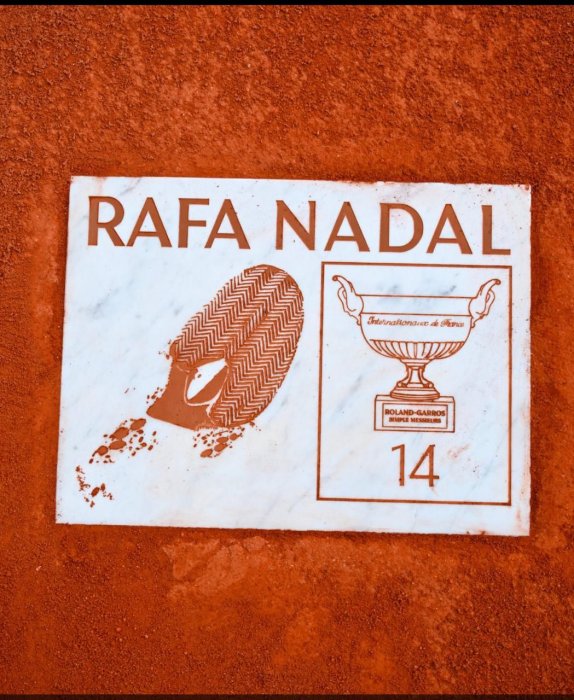 How does one honour legends? In sports there is the induction into the HALL OF FAME. The same holds good for musicians in the USA. In India, we honour artistes with awards and then, mostly, forget about them. I remember how Mrinalini Sarabhai was commemorated when a clay mould of her bare feet was placed at the foot of the NATARANI amphitheatre. I bring this up when I watched the farewell honour for my favourite tennis player Rafael Nadal in Paris. The red clay of centre court now carries a permanent footprint of Rafa's shoe with the word RAFA above it. A permanent visual memento for generations of players as they cross over or rest between games. A fitting way to celebrate one of the greatest players to grace the game. We do not have many spaces named after performing artistes in India. We name auditoriums and airports for corporate or political figures. The Rukmini Arangam in Kalakshetra carries the name of the founder. The TN Rajaratnam auditorium in Chennai marks the memory of the renowned Nadaswaram player but there are very few theatres across India that carry the name of performing artistes. In other news, I have paused my monthly SPOTIFY podcast ANITA SAYS to step back and plunge into reading, research and some work related travel for a new project. The podcast will return after a short hiatus. Meanwhile, do listen to another podcast THE SATHIR DANCE PROJECT, created by former Bharatanatyam dancer and historian Jeetendra Hirschfeld on Spotify. It is filled with fascinating information and anecdotes about the Tanjavur period of court dancers and their lives. I sign off with the warning signs of the return of Covid. Many friends and family have been affected by this virus - again - and masks have returned to our faces. As travel picks up over the summer months, I say goodbye with the hope that you can all stay healthy and safe. Meanwhile, remember the precious things in your lives. Family. Friends. Work. Relationships. Dance. YOU! Until next time, Dr Anita R Ratnam Chennai anitaratnam.com Do listen, share and subscribe to our podcast ANITA SAYS on Spotify. Connect with us on Instagram and Facebook Post your comments |